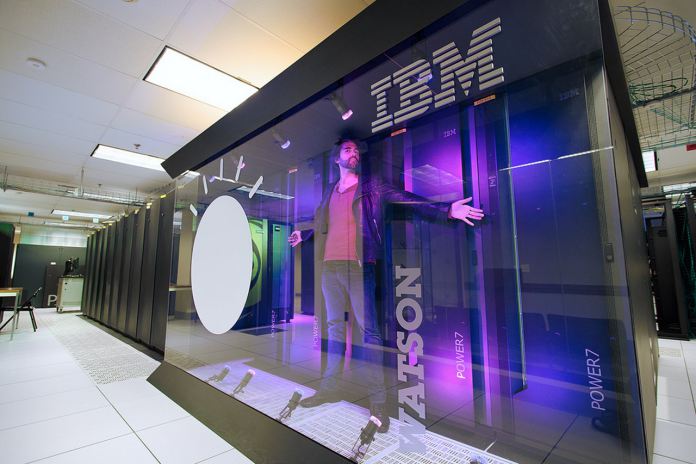Microsoft, alongside partner OpenAI, has positioned itself in recent months as the leading brand in AI, at least in terms of mainstream adoption of AI models. However, the company is certainly not the only player in AI, with companies such as Google and Meta ready to challenge Microsoft. Then there are those that are working behind the scenes, such as IBM.
Well, IBM is now ready to detail what it has been doing as one of the leading artificial intelligence (AI) developers. In a new announcement, IBM reveals a new platform that it says will make AI more accessible while delivering performance for organizations.
Known as IBM Watsonx (taken from the company’s supercomputer Watson), the platform is a suite of tools that allows customers to build AI models or access existing pre-trained models. These are generative AI models that will help generate text, code, and more.
“AI may not replace managers, but the managers that use AI will replace the managers that do not,” Rob Thomas, chief commercial officer at IBM, said in a roundtable with reporters (via TechCrunch). “It really does change how people work.”
IBM Combines Generative and Foundation AI in Watsonx
Watsonx is part of IBM’s strategy to stay competitive in the AI market, which is expected to grow exponentially in the coming years. According to IBM, Watsonx brings together new generative AI capabilities, powered by foundation models, and traditional machine learning into a powerful platform spanning the AI lifecycle.
“You still need a very large organization and team to be able to bring [AI] innovation in a way that enterprises can consume,” Dario Gil, SVP at IBM, told reporters. “And that is a key element of the horizontal capability that IBM is bringing to the table.”
Generative AI is a branch of AI that can create new content or data based on existing data or instructions. For example, generative AI can write a summary of a document, compose a song, or design a logo. Foundation models are large-scale pretrained models that can be fine-tuned for specific tasks or domains with minimal data and effort.
Custom AI Available Open Source
IBM claims that Watsonx can help businesses build AI applications in a fraction of the time with a fraction of the data. With Watsonx, users can train, validate, tune, and deploy models with ease using open-source frameworks and tools for code-based, automated, and visual data science capabilities – all in a secure, trusted studio environment.
“We allow an enterprise to use their own code to adapt [these] models to how they want to run their playbooks and their code,” Arvind Krishna, the CEO of IBM, said in the roundtable. “It’s for use cases where people want to have their own private instance, whether on a public cloud or on their own premises.”
A core feature of Watsonx is the ability to take both generative and foundation AI models from minimal data. It also provides features for advanced prompt-tuning and complete API and SDK libraries. IBM has partnered with Hugging Face, a company that builds natural language processing (NLP) models. This collaboration allows users to access and experiment with open source models from Hugging Face on Watsonx.
Tip of the day: File History is a Windows back up feature that saves each version of files in the Documents, Pictures, Videos, Desktop, and Offline OneDrive folders. Though its name implies a primary focus on version control, you can actually use it as a fully-fledged backup tool for your important documents.





